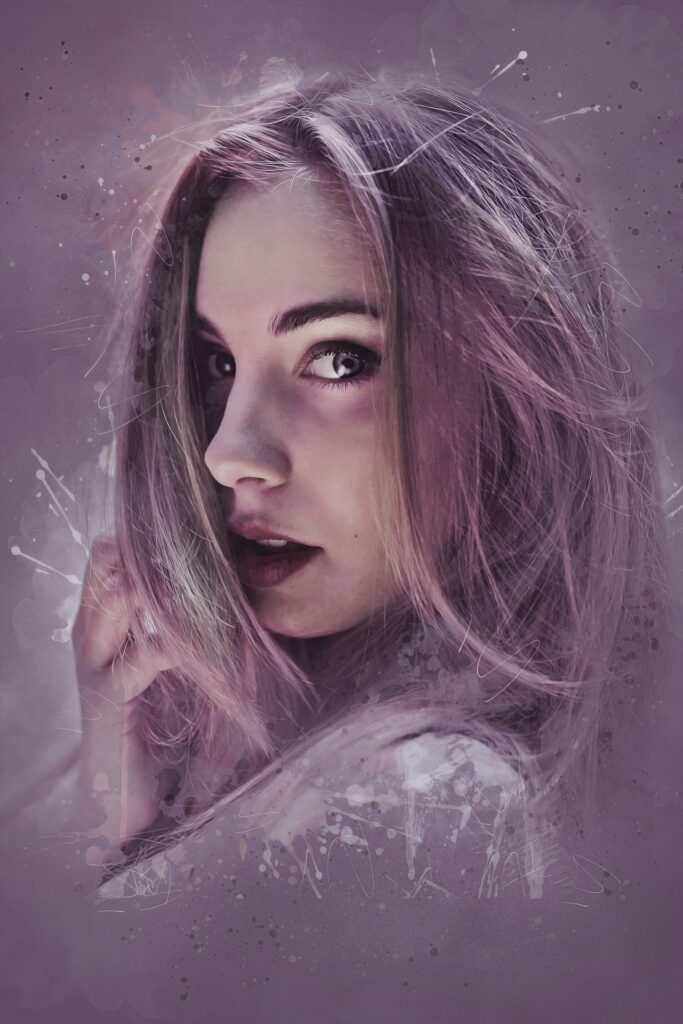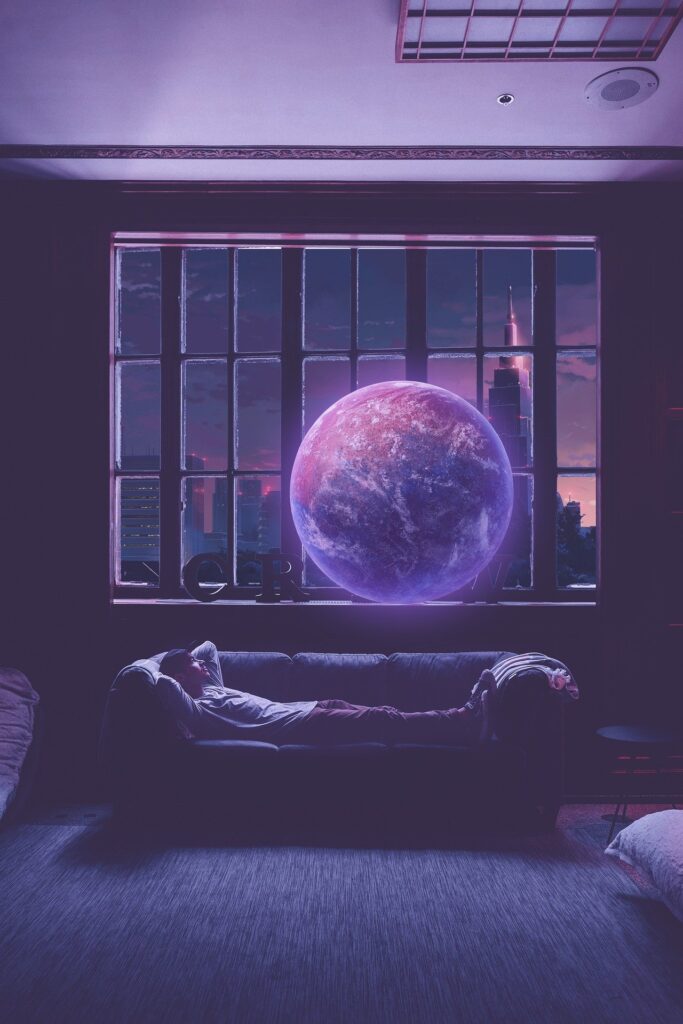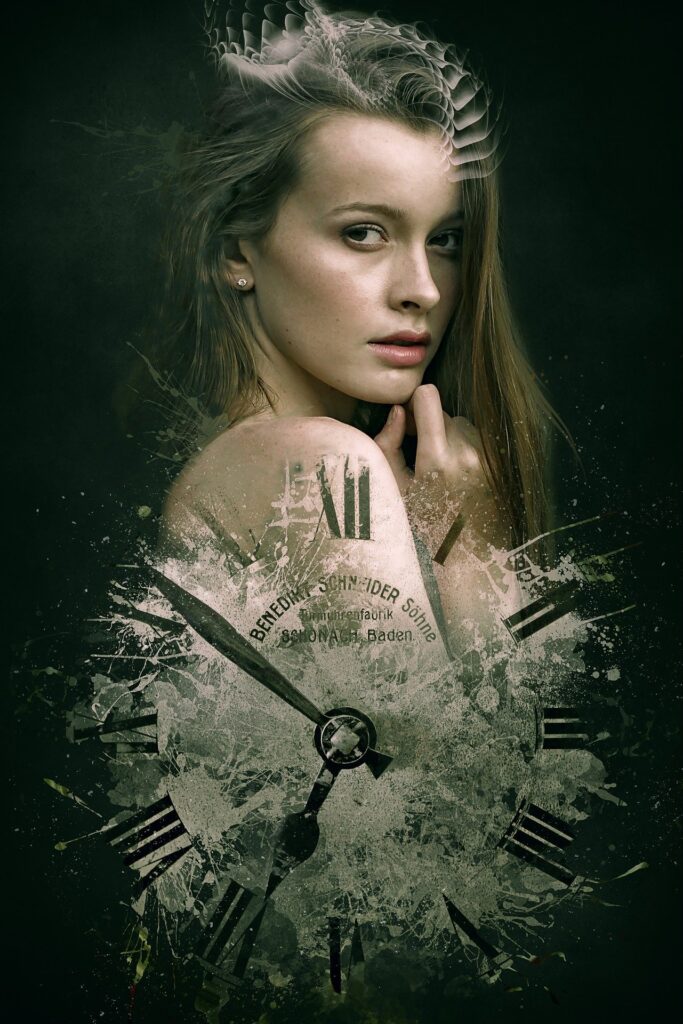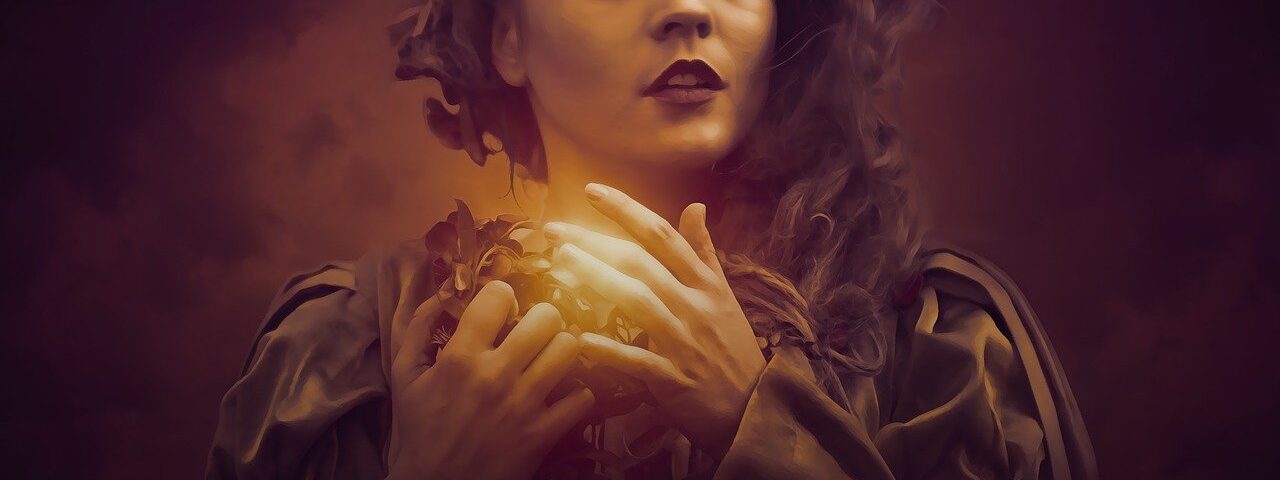AutoDesk Pixlr Photo Editing App has been quite popular in recent years. It is brimming over with things you can do to your photographs on your Android or iOS device. It is one of the amazing apps which are fully packed with different features that would definitely amaze you.
Thanks to the robust menu of Adjustment tools and a large collection of filters, borders, and stickers. The Pixlr Mobile (previously called Pixlr Express) is great for users who enjoy the process of photo editing and manipulation. It is appropriate for people who love tweaking images to make them look better. But with no easily accessible help, it can be a difficult app for the average user.
There are a lot of different applications available for beginners where you can easily edit images within seconds without even having proper knowledge of photo editing.
This application is available for free or $1.99 for an ad-free version on a single device.

Getting Started
When you first open this application you will be amazed to see its interface. It becomes a child’s play when you see how intuitive and simple but subtle at the same time this editing software is.
Pixlr’s initial screen has three icons. The first one to start the camera module, the second one to open a photo, and the third one to create a collage. The great thing is that you can import your images from your device’s gallery, OneDrive, or Google Drive. You have all the options available.
There is one major drawback which I should mention. The camera interface is not self-explanatory. Click on one of two unidentified icons on the bottom of the screen to access the small number of very similar pre-capture Effects or Overlays (eight of each). Swipe to try each one out on the live view of your image or click the X to take the picture with none. This sometimes creates issues for someone who has just started using this software.
Editing Features
Despite some drawbacks, Autodesk Pixlr offers an impressive selection of effective tools and filters which can completely change the way your image looks. Nearly all of them can be adjusted using a Fade (or intensity) slider to control to the extent the effects work.
In addition to that, you also have the option to brush on locally to portions of your picture to apply the effects.

A scroll bar of icons at the bottom of the screen categorizes the app’s tools into:
- Adjustment
- Effect
- Overlay
- Borders
- Type and Stickers.
Pixlr has a wide variety of attractive filters divided into different categories like:
- Unicolor
- Vintage
- Creative
- Default
- Soft
- Subtle
- Too Old.
The borders libraries are also varied with appealing choices in 10 categories:
- Pattern
- Ripped Paper
- Rounded Corner
- Squared
- White Ripped
- Default
- Film
- Grunge
- Ink
- Nature.
Similarly, a good selection of Type fonts and Stickers can be added to your picture and several functions can be done. It can be moved, resized, rotated, and such, though there’s no Fade slider for the Type.
The Collage section (accessed from the Home page and not the Edit window) is well-organized and extremely easy to use. It is the only section which beginners would find easy to use.
Select 2 to 10 images from your device’s Gallery which are suitable for the required college. Then, choose from among a selection of layouts, pick a color for your background, adjust the spacing among your pictures, and then use a slider to give the images rounded corners and/or change the proportions of your overall collage (which, in turn, automatically changes the image placeholders). This is all you have to do to create a loving memorable photo collage.
You can also tap on an image to replace it, apply any of Pixlr’s edit tools to it, or manually shuffle the images into different locations on the layout. Everything is possible here. You can also zoom into any of the pictures and move it within the placeholder to display only a portion of it. You have got every possible option available in a collage maker.
However, Pixlr’s Collage section isn’t like an Adobe Photoshop collage, with overlapping images that blend into each other. For that, you have to use Double Exposure, which will combine two different images using an opacity slider and blend modes.

After our research and testing, we were impressed with the level of user control. For example, we used the Focal blur on a headshot to create the soft focus and narrow depth of field of professional-style portraits.
The Focal blur option allows you to select the precise area of the picture where you want to keep in focus, or where you want the blur to begin and the level of blur. You can choose between a circular effect or a linear effect, and the result would be quite effective after you have completed it. You can also try the color boost and glow options, but don’t feel that they added much to the image.
All in all, Pixlr’s editing tools are excellent. But while PicsArt has readily available context-sensitive help, tips, and tutorial videos within the interface, Pixlr doesn’t provide any assistance to users. You’re on your own making your way through this complex and varied app. If you have found your way to edit the images, you are going to love it and easily edit the images.
Conclusion
I would recommend that you try out the app and then decide if it is suitable for you.
Comment down your experience with AutoDesk Pixlr photo editing application in the comment section below.
Happy Editing!

